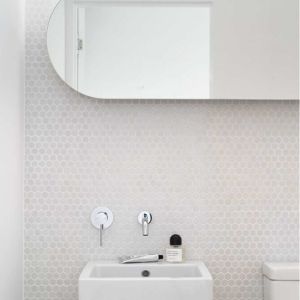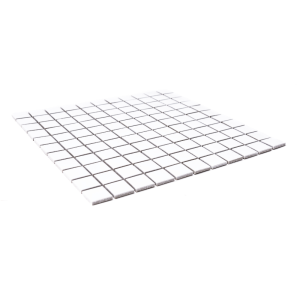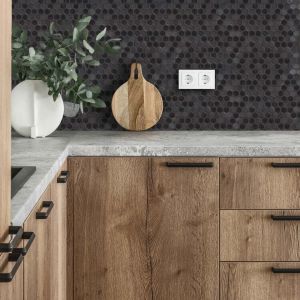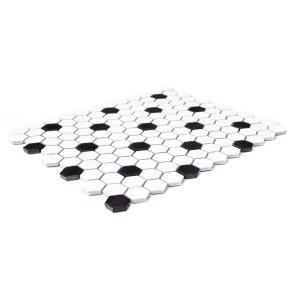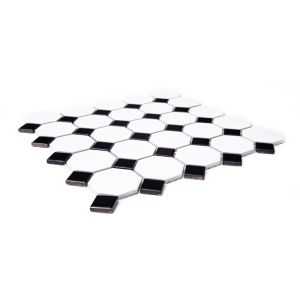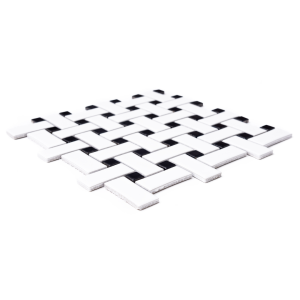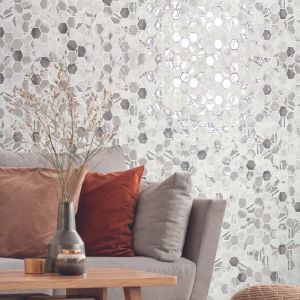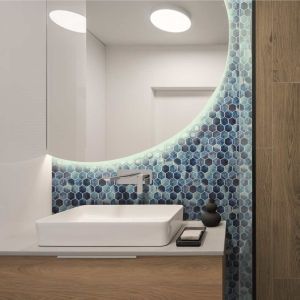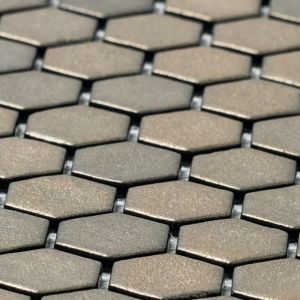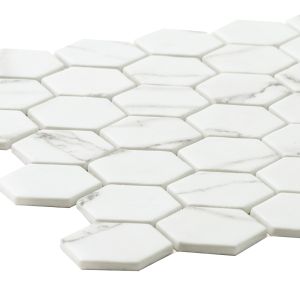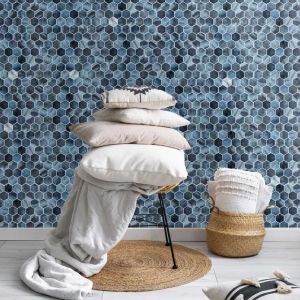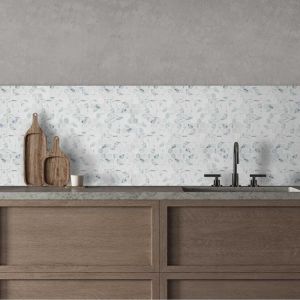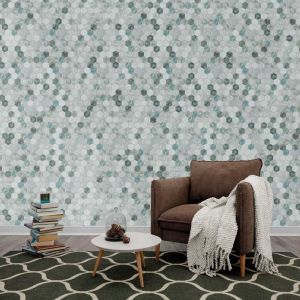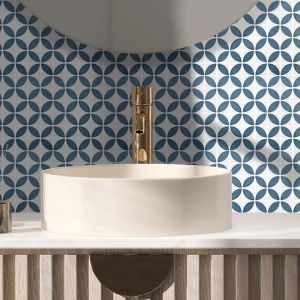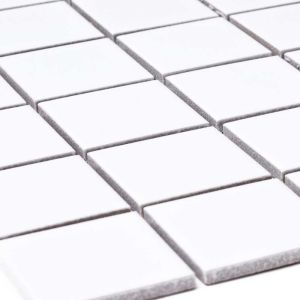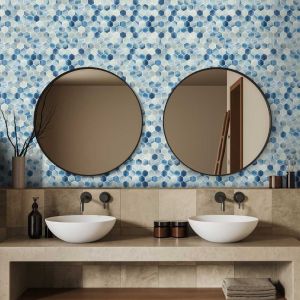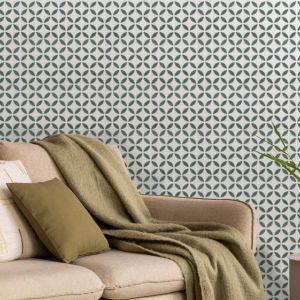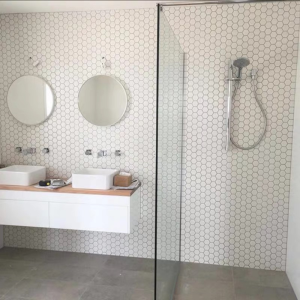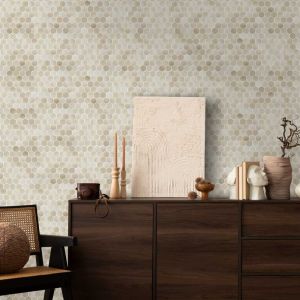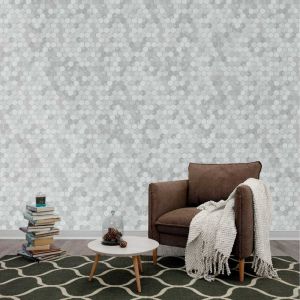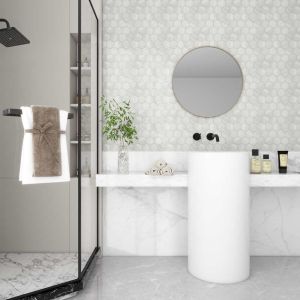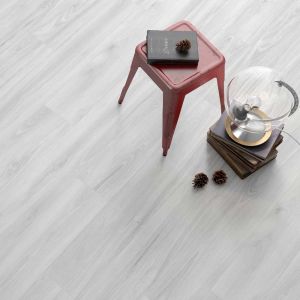- Home
- What You Need To Know About Grout
What You Need To Know About Grout
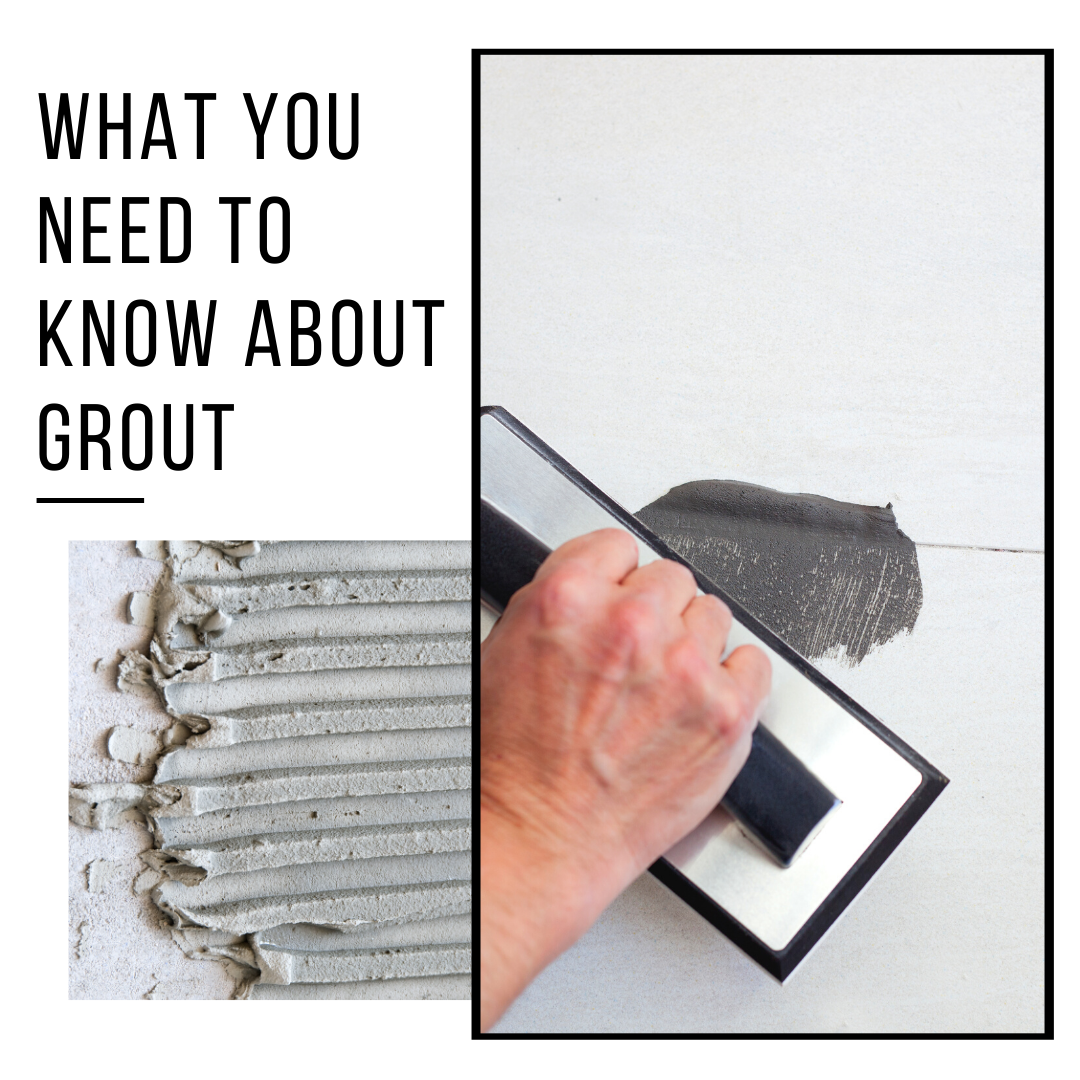
What Is Grout + Determining Which Type To Use
You have chosen the right tile for your new space, and you think you are all set. The design, the color, the aesthetic quality, you have all the correct variables in place, tile-wise, to make your space visually appealing. Just one more thing that you may have overlooked: grout. What is it? And why is it important?
What is Grout?
Grout is a viscous material that can be used to fill the space between two elements and bond them together or create a water-tight seal. Grout holds tiles in position and maintains their integrity. On top of that, if water seeps into the slabs, it slows down water penetration into the tiles.
Types of Tile Grout
Cementitious Grout
A mixture of cement, water, and other additives and pigments, cementitious grout is one of the most common grout used for tile installation. Classified under sanded and unsanded, it is recommended to apply a sealant to increase its life.
Epoxy Grout
Epoxy grout is effective for wet areas such as bathrooms, forming a waterproof, impermeable layer beneath the grout. It is water resistant and generally used for ceramic, vitrified, porcelain, and quarry tiles. They are also resistant to certain types of chemicals and greases, so there is a high chance you see these in industrial-type floorings. The one knock on epoxy grout is that it is tough to apply and requires a professional.
We recommend that you consult with your contractor, interior designer, or architect to ensure you apply the correct type of tile grout and floor mosaic tiles for your space.
106 items
106 items






